Introduction
The Biennale of Sydney is Australia’s largest cultural event and one of the world’s leading international exhibitions. Held every two years, the Biennale celebrates contemporary art in all forms with a program including major exhibitions, public art installations, performances, talks, and workshops (Trajkoski, 2022). It is one of the world’s leading arts events that bring together artists from all over the globe to showcase their artistic works.
Australian Arts: The Biennale of Sydney
The Biennale of Sydney is a contemporary art exhibition that features art from across the globe. In the past four decades, the event has been attracting talented artists who have added value to Australia (Parker et al., 2018). Recently, it has begun to involve digital and virtual artworks, making it even more pioneering and responsive to changes in the contemporary art world. The Biennale of Sydney and Rivus share a common goal to present contemporary art to the public; it features work by both Australian and international artists, while Rivus showcases the work of Australian artists only. The 23rd Biennale of Sydney, which ran from 12th March to 13th June 2022, was critical because it raised attention to the environmental issue via thought-provoking and aesthetically beautiful art (Xinhua, 2022). This event brought a number of benefits to Australia, including in terms of economics, decolonial shifts, and new innovations in the digital realm.
The event led to economic benefits; the 23rd Biennale resulted in more income for the city of Sydney and surrounding areas through ticket sales and merchandise sales. The event likewise attracted visitors from all over the world, who often spend money on accommodation, food, and other activities while they are in town. This injected money helped boost the local economy and create jobs for businesses, especially the selling food to the people (Schmidt, 2017). In decolonial shifts, the 23rd Biennale focused on contemporary indigenous Australian artists, which aided in raising awareness of indigenous issues and experiences both within Australia and internationally. The event showcased a wide variety of contemporary art from around the world and provided an opportunity for businessmen to network and connect with other professionals and diverse clients.
Rivus shaped and contributed to the advancement of the Australian arts ecology at a local or national level through their approach to arts economics. They provide a space for artists to share their work while similarly emphasizing the importance of financial accessibility for audiences. As a major participant in the Australian art market, Rivus recognizes the importance of both artistic expression and commercial sustainability (O’Reilly and Butt, 2017). As well as encouraging creative expression, they recognize the necessity of making art available to as many people as possible in terms of financial resources and geographic accessibility (Fredericks, 2020). This made Rivus an essential organization in terms of the development and promotion of the Australian arts ecology.
Similarly, there has been an increased focus on decolonizing the arts in Australia. Numerous organizations and people are now re-evaluating the way the arts are organized and how they may better include Aboriginal and Torres Strait Islander viewpoints (Maxwell et al., 2018). Through its programs, Rivus has helped to change the Australian arts environment toward a more localized, culture-centric approach to the art form (Smith, 2018). Consequently, they have emphasized the significance of Aboriginal and Torres Strait Islander voices in society and have helped progress the arts from a local and national perspective (Maxwell et al., 2018). Likewise, Rivus has fostered an ethos of decoloniality, which has been essential in challenging the status quo and advancing conversations around equity, diversity, and accessibility in the arts landscape. Below are the eight colorful art pictures displayed at the event. Pictures are represented in the 23rd Biennale of Sydney mainly because they added another layer of meaning and experience to the exhibited artworks. They increased understanding and enjoyment of the arts displayed by providing context and additional information to viewers.
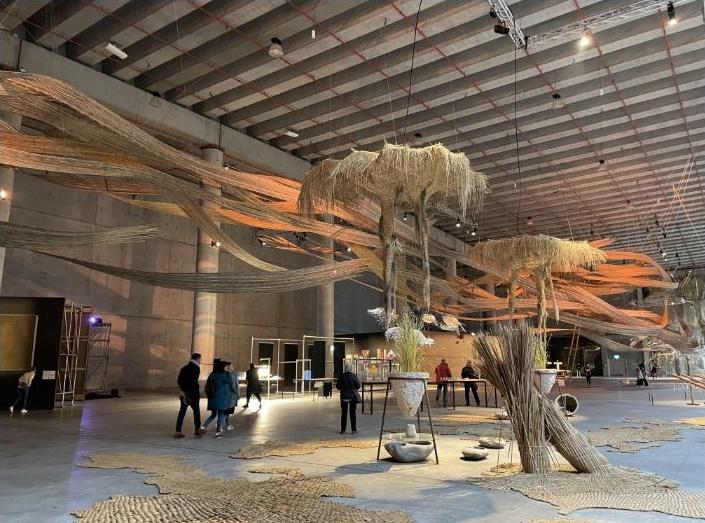
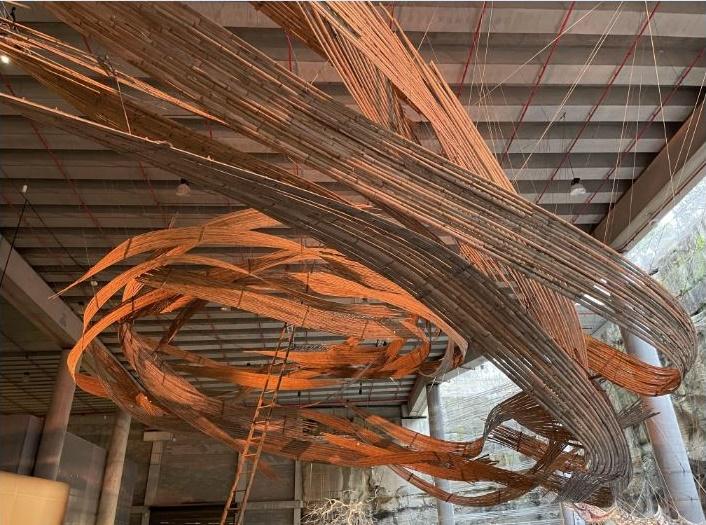

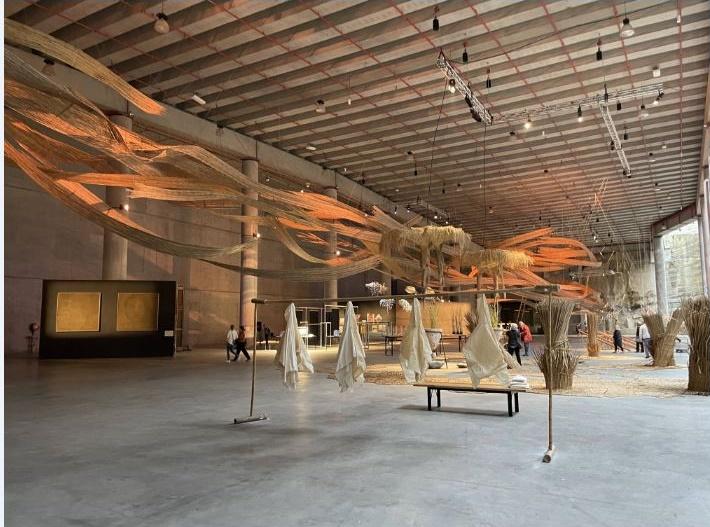
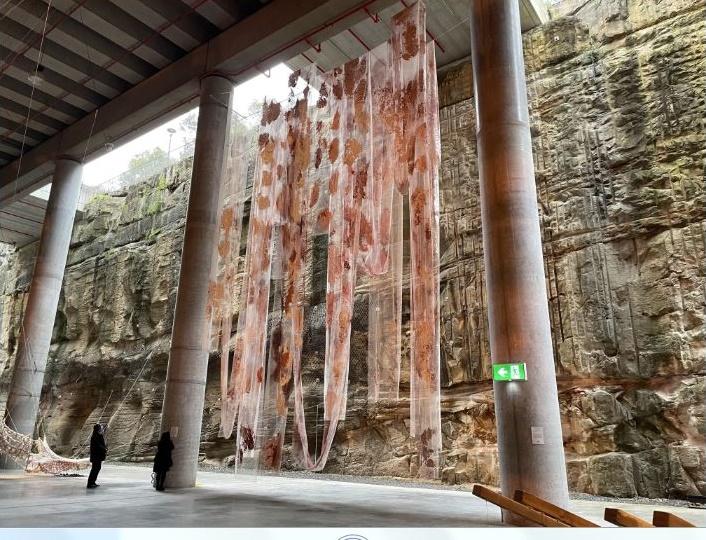

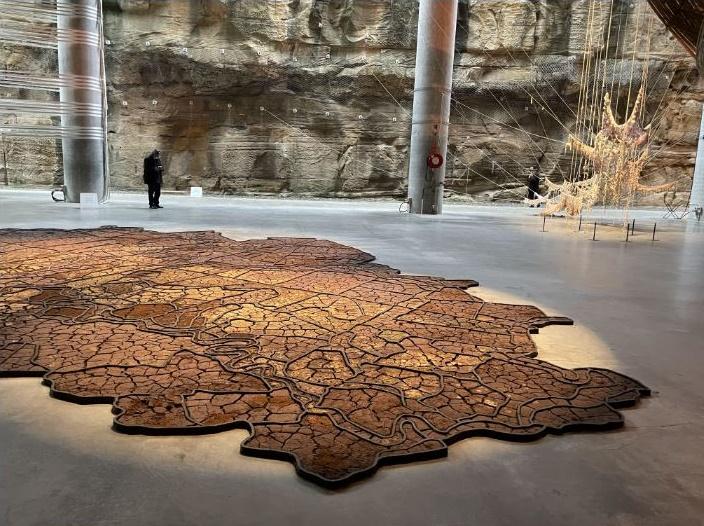
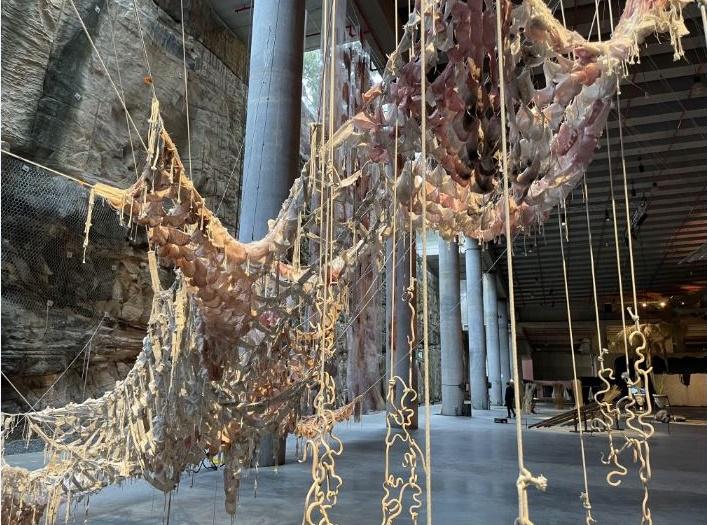
The 23rd Biennale of Sydney has definitely shaped and contributed to the advancement of Australian arts ecology at a national level through new innovations (such as the digital realm). Some of the greatest and most inventive artists from Australia and worldwide have been featured at this event, pushing the frontiers of creativity performance (Mudie, 2018). As a consequence, more people are becoming aware of and appreciating art, which has led to more job prospects for artists (Trajkoski, 2022). Overall, it has been a hugely successful event that will undoubtedly continue to inspire and delight audiences for many years.
Moreover, it was an ambitious experiment in art and technology, pushing the boundaries of what is possible in the digital realm. Exhibits included anything from augmented reality to interactive art to show how technology is altering our perceptions of the universe (Parlane, 2020). Bringing together some of the most innovative artists working in this field aided in shaping and contributing to the advancement of Australian arts ecology at both local and national levels.
Conclusion
In conclusion, Rivus has definitely been a driving force in the advancement of the Australian arts ecology, particularly in terms of economics, decolonial shifts, and new innovations. Their work has pushed boundaries and challenged preconceptions about what is possible within the arts, both here in Australia and internationally. They have been instrumental in promoting a more open and inclusive society, and their contribution has aided in shaping Australia into the creative and culturally rich nation it is today. It has similarly brought new innovations in the digital realm, thus providing an impetus to the entire industry. This online publication has similarly played a pivotal role in creating opportunities for artists and writers, who are then able to showcase their work to a wider audience. Rivus is truly a commendable endeavor that is making an invaluable contribution to the arts landscape of Australia. The 23rd Biennale of Sydney featured the works of both Australian and international artists and provided a unique opportunity for visitors to explore new and innovative ideas in the arts.
Reference List
Fredericks, J. (2020). ‘From smart city to smart engagement: Exploring digital and physical interactions for playful city-making.Making Smart Cities More Playable, pp.107-128. Web.
Maxwell, J., Lowe, K. and Salter, P. (2018). ‘The re-creation and resolution of the problem of Indigenous education in the Aboriginal and Torres Strait Islander cross-curriculum priority’. The Australian Educational Researcher, 45(2), pp. 161-177. Web.
Mudie, E. (2018). ‘No ruins: Demolition and urban modernity at the 21st Biennale of Sydney. In Kairos: A Journal of Critical Symposium, 3(1), pp. 52-65. Web.
O’Reilly, R. and Butt, D. (2017). ‘Infrastructures of autonomy on the professional frontier: Art and the boycott of/as art’. Journal of Aesthetics and Protest, 10. Web.
Parker, C., Jenek, W., Yoo, S. and Lee, Y. (2018). ‘Augmenting cities and architecture with immersive technologies’.In Proceedings of the 4th Media Architecture Biennale Conference, pp. 174-177. Web.
Parlane, A. (2020). ‘After McCahon at Auckland city art gallery: Colonization and the market in the 1980s’.Journal of New Zealand Studies, (31), pp. 72-94. Web.
Schmidt, T. (2017). ‘What kind of work is this? Performance and materialisms in the gallery’. Performance Paradigm, 13, pp. 7-28. Web.
Smith, T. (2018). ‘Small steps, larger journey: Sydney Biennales in the 1970s and 1980s’. Art Monthly Australasia, (305), pp. 22-30. Web.
Trajkoski, A. (2022). ‘A case for writing contemporary art history’. Artlink, 42(1), pp. 54-61.
Xinhua (2022). 23rd Biennale of Sydney held in Australia. Global Times. Web.